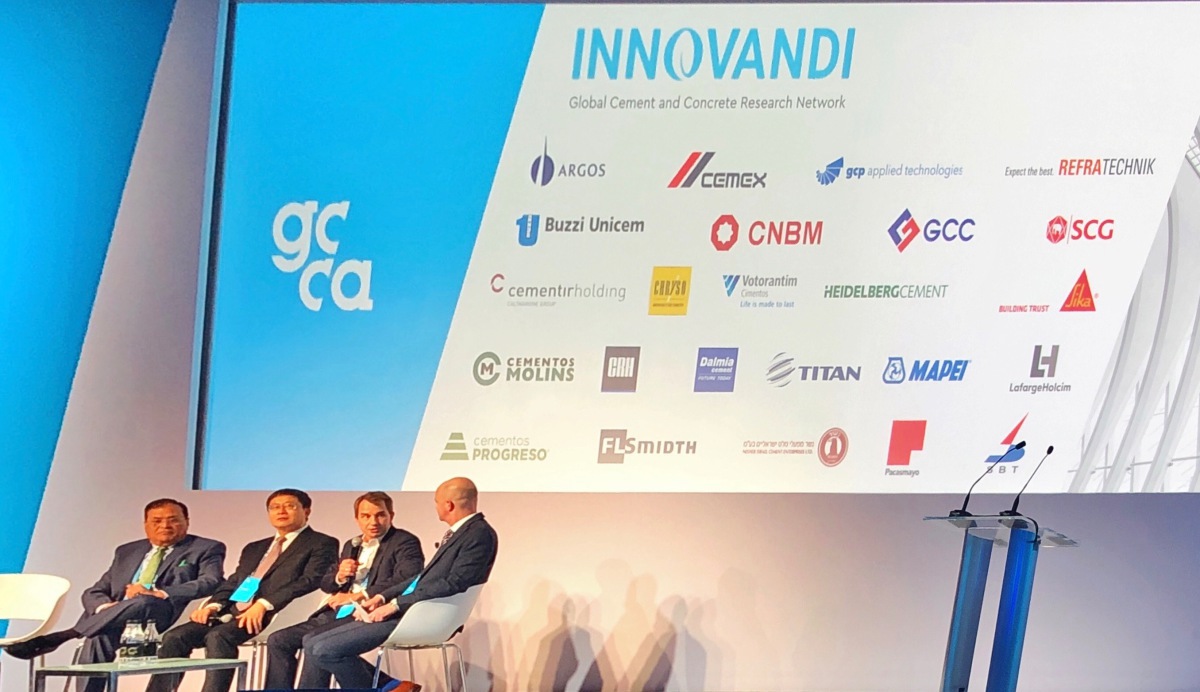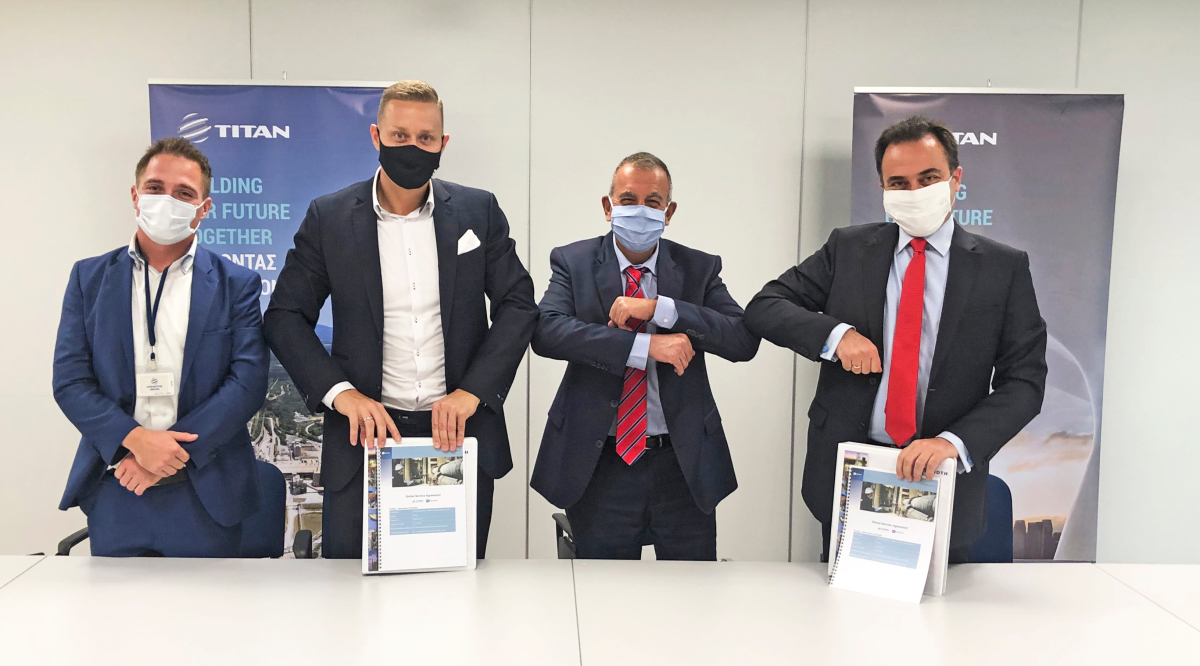FLSmidth urges for new partnerships to accelerate sustainability efforts
21.10.2019Per Mejnert Kristensen joined other industry leaders on a panel regarding innovation in the cement industry at the second annual Global Cement and Concrete Association (GCCA) Conference in Singapore. Kristensen’s focus was sustainable productivity, but he expanded the panel discussions to include how sustainability goals should be considered throughout the industry.
 (Photo: FLSmidth)
(Photo: FLSmidth)
“Leaders in the cement industry are fully aware of the issues concerning sustainability, but we cannot solve these issues individually. We must form closer, new partnerships and leverage each other’s diverse competencies, both within and beyond cement, to solve these issues,” Kristensen said.
The cement-sustainability relationship
As concrete is one of the most widely used construction materials in the world, the relationship between cement and sustainability has been long and complex. To supply the expanding world population with basic infrastructure like homes, schools, and hospitals, society will need an estimated 4.8 billion annual t of cement by 2030.
At current practises the environmental impact will be substantial, but the fact remains that no other construction material currently exists that is as functional and versatile as concrete. Therefore, to provide future generations with quality infrastructure, Kristensen urges partners in the industry to join in the pursuit of transforming practises towards more sustainable production.
“We have made substantial progress in recent years with massive investment in new technology to reduce emissions, fuel, and power consumption. Similarly, we have been advancing the use of waste-derived fuels and processes for calcined clay. But, to honour our commitment to the Paris Agreement and our responsibility to future generations the fight doesn’t end here,” said Kristensen.
Promoting partnerships
Collectively, the cement industry has seen steady demand and economic growth for decades. However, as Kristensen expressed at the conference, that shared-heritage comes with an obligation to contribute to cement-related sustainability issues.
“I believe that the ingenuity and innovation needed to minimise our environmental footprint is all around us. Some is within the industry itself, some in partnerships with colleagues from other industries, and some from experts within society in general,” says Kristensen.
Later, during the conference, FLSmidth was one of the first companies to join GCCA’s Innovandi – Global Cement and Concrete Research Network. The new network ties together the cement and concrete industry with scientific institutions to drive and support global innovation with actionable research. Its aims to decisively build on the industry’s sustainability progress with focus on emission reduction and better use of alternative fuels.
FLSmidth’s sustainability stance
Kristensen set the scene for FLSmidth’s sustainability ambitions when he stated, “We have declared 2019 the Year of Sustainability at FLSmidth,” at the GCCA conference.
FLSmidth is addressing the issue of sustainability from every possible angle including continuing to improve products and processes. The innovation pipeline promises new ground-breaking technologies within emissions control and alternative fuels.
In addition to these internal process optimisation efforts, FLSmidth is exploring how to take its sustainability efforts further by reaching out to others inside and outside of the cement industry. FLSmidth hopes to learn their best practices and adapt them for the cement industry.
FLSmidth’s response to the cement industry’s paradigm shift within sustainability could help others become committed to do their part in moving the cement industry towards carbon neutrality.
As Kristensen stated, “Share ideas, challenge each other, and collectively emerge stronger.”

